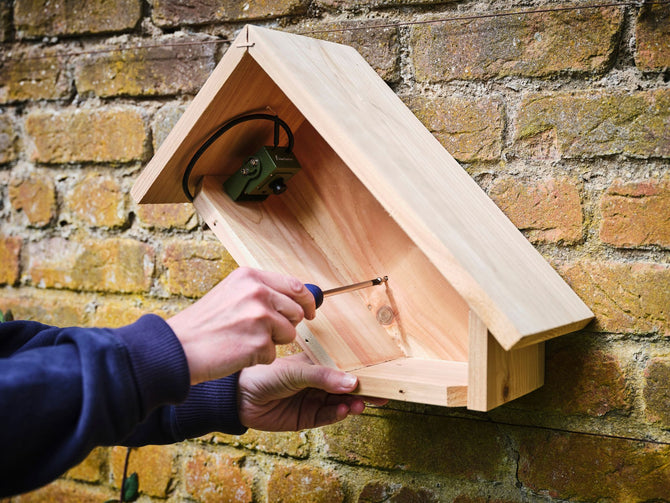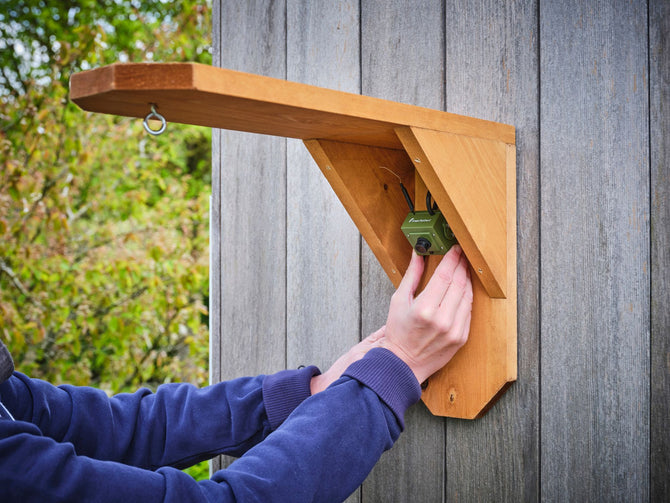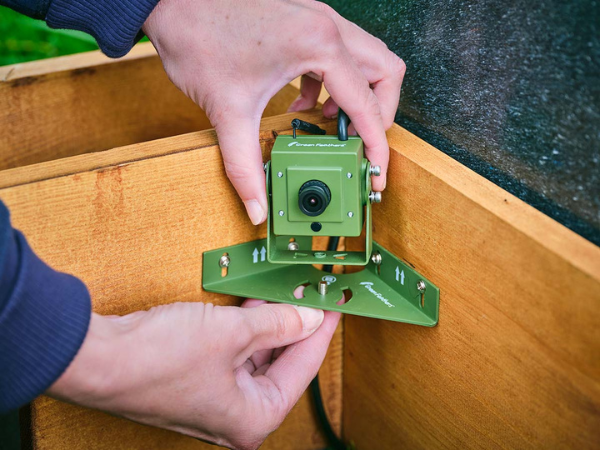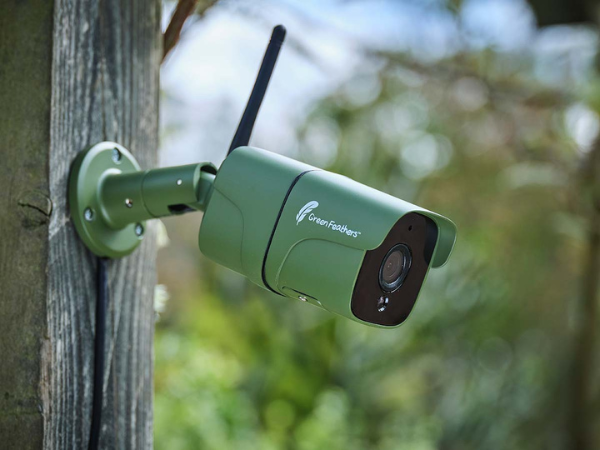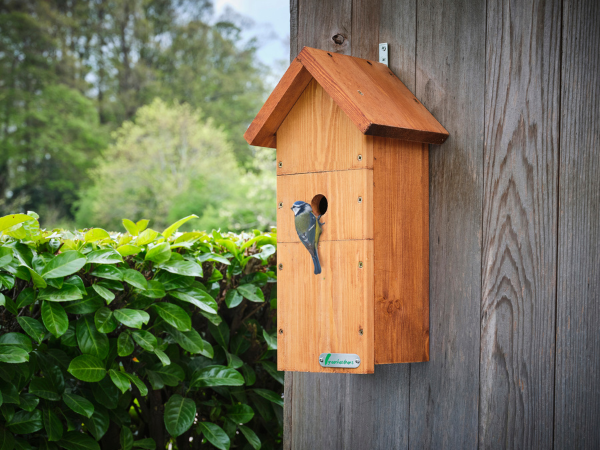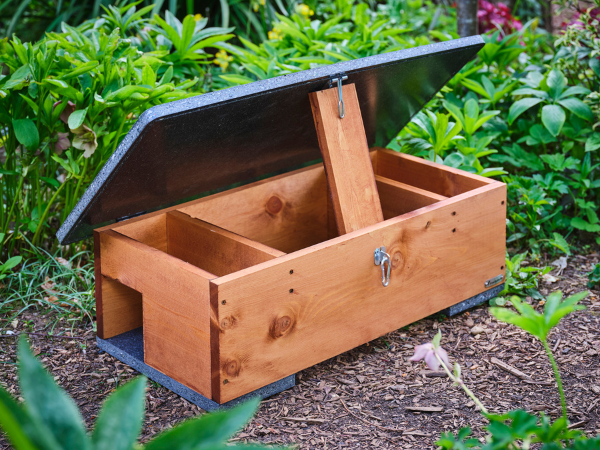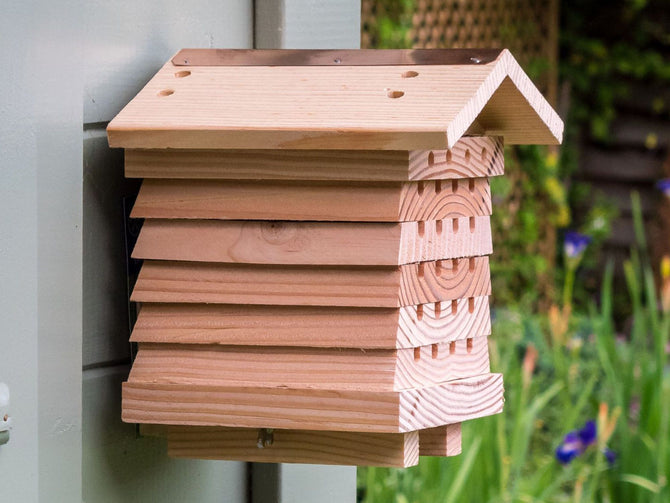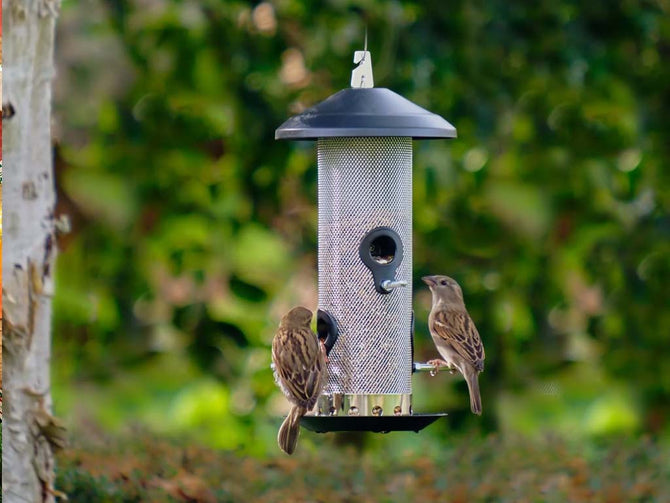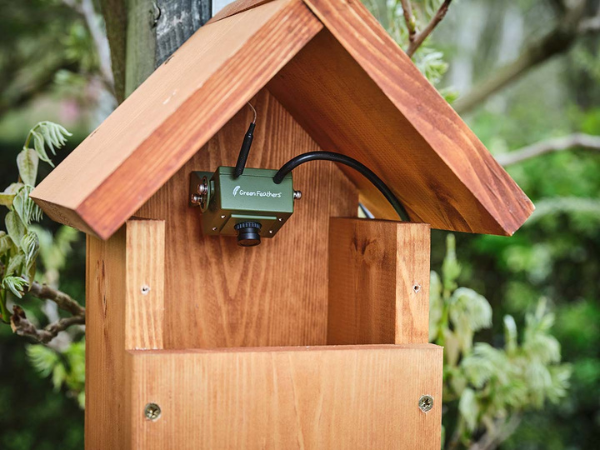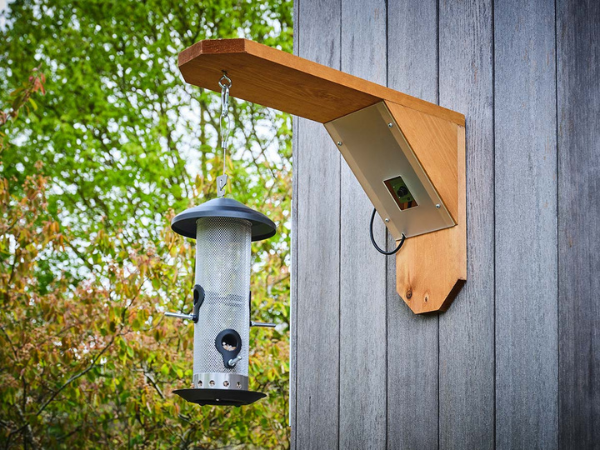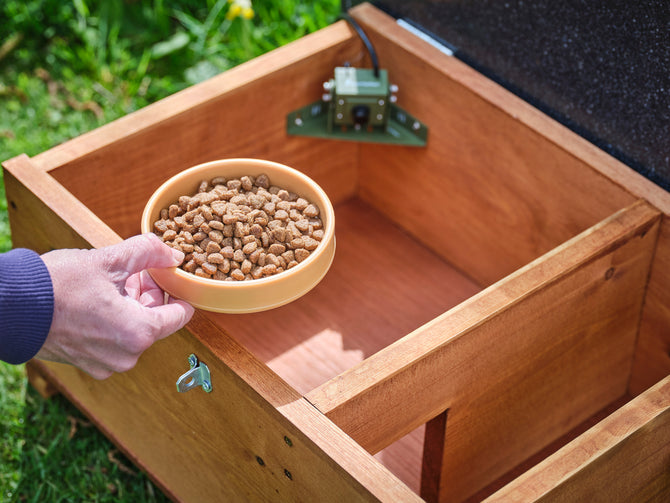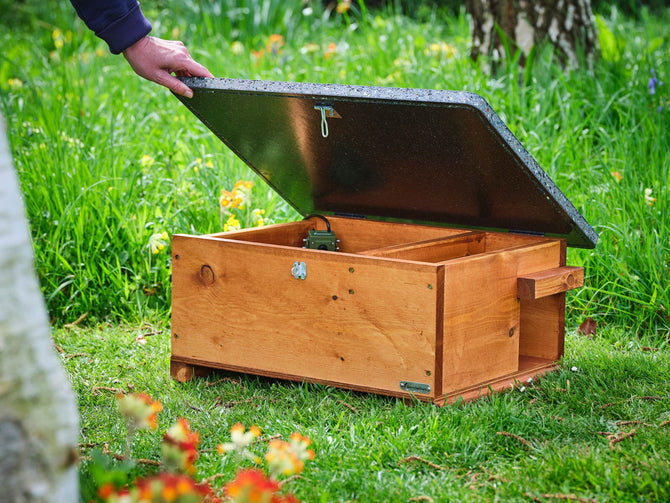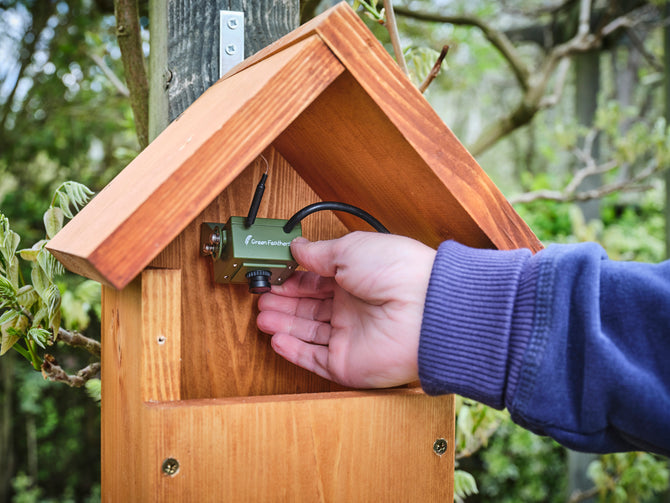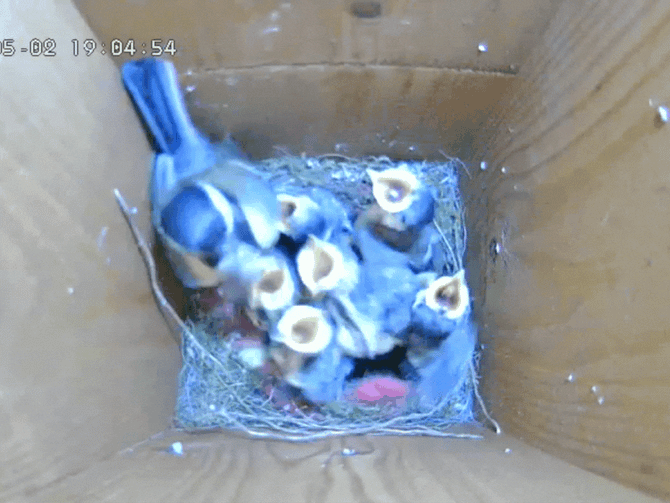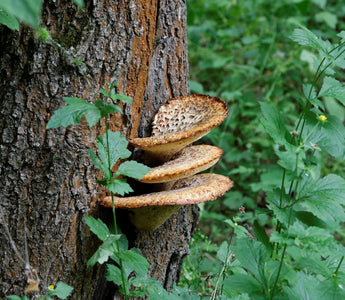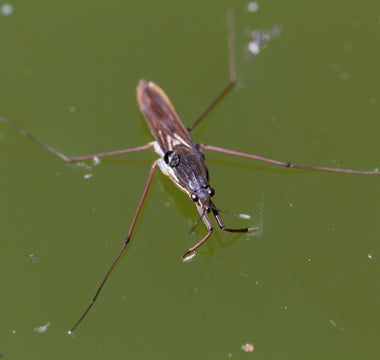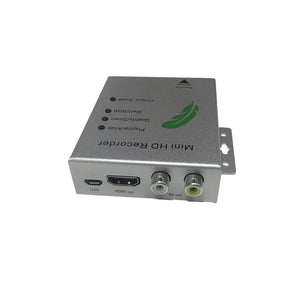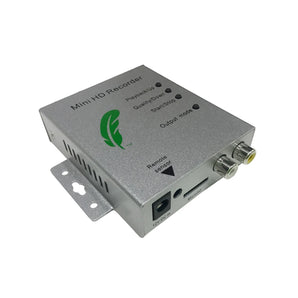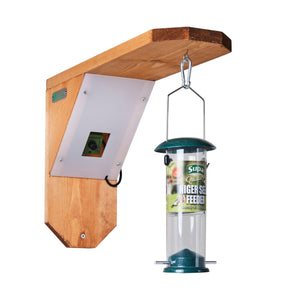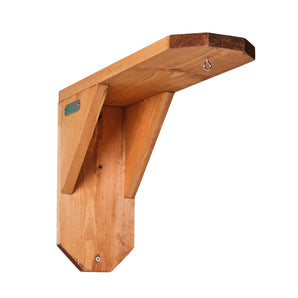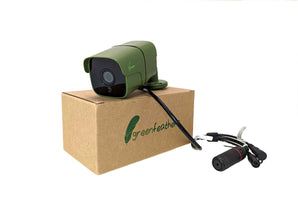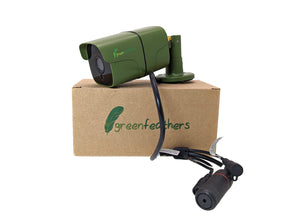Insect Symbiosis
In ecology, symbiosis refers to a close interaction between two different species that mutually benefits both parties. These interactions shape ecosystems and their inhabitants in profound ways. Symbioses take millions of years to develop and are one of nature’s most elegant strategies for coexisting, competing, and collaborating. Let’s see some examples of how insects form symbiotic relationships!
🌸 Flowering Plants
Flowers first appeared around 130 million years ago, during the Cretaceous period. Before that, most plants reproduced using spores or cones, like ferns and conifers. But flowering plants (angiosperms) introduced a game-changing innovation: enticing pollinators to do the hard work of reproduction. In this relationship:

- Flowers get their pollen transferred from one bloom to another, enabling fertilization and seed production.
· Insects (like bees, butterflies, beetles, and flies) get food in the form of nectar and sometimes pollen.
Some relationships are so specialized that a flower can only be pollinated by a single insect species—like the yucca plant and the yucca moth.
This ancient alliance doesn’t just benefit plants and insects—it’s vital for human life! About 75% of global food crops depend on pollinators. Without them, all plant-based staple foods as well fruits, vegetables, nuts, and even coffee would be in short supply.
🐜Myrmecophytes
Some flowering plants have taken insect symbiosis to the next level! Myrmecophytes (literally “ant-plants”) are plants that form mutualistic relationships with ants, offering them food and shelter in exchange for protection, nutrients, and even help with seed dispersal.

Myrmecophytes have evolved specialized structures to accommodate their six-legged tenants:
- Domatia: Hollow chambers in stems, leaves, or thorns where ants can live.
- Extrafloral nectaries: Nectar-producing glands outside of flowers that feed ants.
- Food bodies: Tiny nutrient-rich structures (often full of fats or proteins) that ants harvest.
In return, ants act as bodyguards, fiercely defending their host plant from herbivores and invasive vines. Some even prune competing vegetation to create open patches in the forest known as a devil’s garden.
🍄Fungi Farmers
One of the most fascinating examples of symbiosis among insects is fungi farming. In these relationships, several completely unrelated species have evolved to farm and eat fungi. The fungi that they grow often can’t be found anywhere else outside of their fungi gardens.
Leafcutter Ants (Tribe: Attini)

These ants are the poster children of insect fungus farming. Found in Central and South America, they cut leaves and carry them back to their underground nests—not to eat, but to feed their cultivated fungus. The ants rely entirely on this fungus for food, and they meticulously weed out any unwanted microbes that threaten their crop. It’s like a subterranean greenhouse with pest control and composting built in.
Termites (Subfamily: Macrotermitinae)
In Africa and Asia, certain termites build towering mounds that house fungus gardens. They collect dead plant material, which they inoculate with fungal spores. The fungus breaks down tough cellulose, making it digestible for the termites. It’s a perfect example of outsourcing digestion to a microbial partner.
Ambrosia Beetles (subfamilies Scolytinae and Platypodinae)
These beetles bore into wood and carry in fungal spores that are housed in special organs called mycangia. The fungus grows inside tunnels called galleries, and the beetles feed on it. It’s a mutualistic relationship where the beetles get food, and the fungi get a safe, nutrient-rich home. Different species of Ambrosia beetle create galleries with shapes and patterns
🔎 Insect Symbiosis in the UK
If you would like to observe these fascinating symbiotic insect relationships in the wild you only have to go as far as your back garden!
Oak Pinhole Borer

The UK is home to a native ambrosia beetle called the Oak Pinhole Borer (Platypus cylindrus) True to its name, this beetle creates tiny, pin-sized holes in dead or dying oak trees.
What’s truly striking about the oak pinhole borer is its precision. Its tunnels are beautifully structured, forming radial galleries where the fungi flourish and larvae grow. It’s more than just boring—it’s architecture with purpose!
Aphid farming ants
Certain ant species in the UK, like black garden ants (Lasius niger) and wood ants (Formica spp.), farm aphids almost like cows. The aphids feed on plant sap and excrete a sugary substance called honeydew, which ants absolutely love. In return for this sweet treat, the ants act as bodyguards, protecting aphids from predators like ladybirds and parasitic wasps.
- They stroke the aphids’ abdomens with their antennae to stimulate honeydew production (yes, they literally “milk” them).
- They move aphids to more nutritious parts of the plant or even to new plants entirely.
- Some ants even release chemicals from their feet to calm or subdue aphids, keeping them from wandering off.
You can spot this behaviour on fruit trees, spruce and other conifers in woodland and in your flower beds and allotments. You’ll be amazed at what interesting behaviours you can observe in insects when you take the time adjust your focus to their miniature world!

